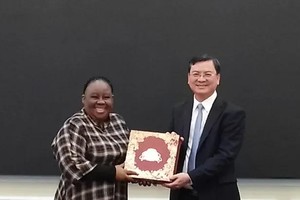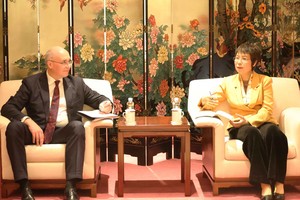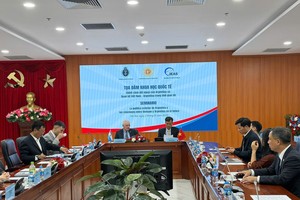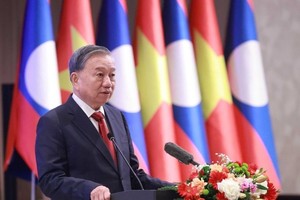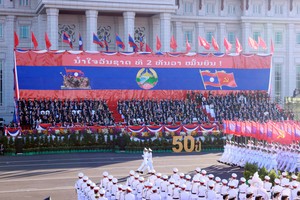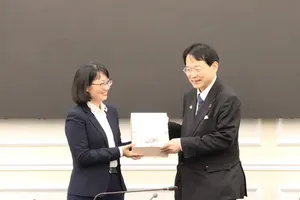SYDNEY, May 3, 2011 (AFP) - Australia's central bank on Tuesday left interest rates on hold at 4.75 percent, as widely expected, but warned of possible rising inflation over the longer term as the economy improves.
The Reserve Bank of Australia (RBA) last lifted rates in November 2010 and in a statement said its current mildly restrictive monetary policy stance remained appropriate.
"In future meetings, the Board will continue to assess carefully the evolving outlook for growth and inflation," RBA governor Glenn Stevens said.
Stevens said that devastating floods and the destructive Cylone Yasi which hit the Australian east coast earlier this year would affect growth and had caused a sharp spike in the price of fruit and vegetables.
But he said while this price shock was temporary and would dissipate over coming quarters, recent information suggested that the marked decline in underlying inflation from the peak in 2008 had now run its course.
Official data last week showed a surprise 1.6 percent rise in consumer prices over the March quarter -- its highest quarterly rise in five years.
Meanwhile, the consumer price index rose 3.3 percent from a year earlier to be well beyond the central bank's two to three percent target range.
"While the rising exchange rate will be helping to hold down prices for some consumer products over the coming few quarters, over the longer term inflation can be expected to increase somewhat if economic conditions evolve broadly as expected," Stevens said.
Australia, the first major western economy to raise interest rates after the global slump, has hiked its cash rate by 175 basis points since October 2009 as it rides the Asia-driven mining boom that helped it dodge recession.
Stevens said that as the global economy was continuing to expand, Australian employment was expected to grow, and growth in wages had returned to rates seen before the financial crisis.
"Signs have continued to emerge of some greater willingness to lend, and business credit has resumed growth after a period of contraction," he said, adding that this was tempered by consumer caution and softening house prices.
Overhanging all this was the surging Australian dollar which is at its highest levels since the currency was floated in 1983, breaching 110 US cents this week.
Although the statement held no urgency, economists expect the central bank will raise rates again in the second half of this year.
"This statement more clearly highlights they have a tightening bias as they think underlying inflation is on its way up," Paul Bloxham, chief economist at HSBC in Sydney, told Dow Jones Newswires.
"The RBA are getting ever closer to resuming their tightening policy given their commentary on core inflation clearly troughing," added Michael Blythe, chief economist at the Commonwealth Bank of Australia.
The news saw the Australian dollar slide slightly to around 109.04 US cents.





